Photos by Megavardhan Reddy
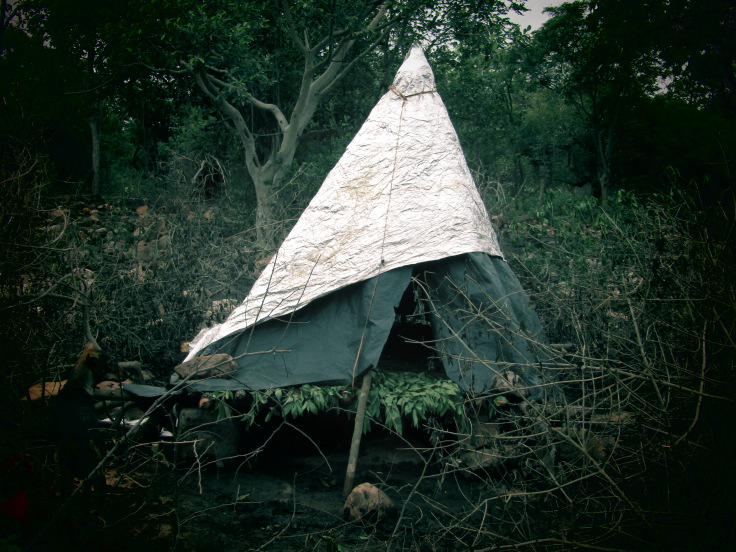
Makeshift Hut of the Lambada Community inside Amrabad Forest
The indigenous agro-pastoral Lamabada / Banjara and Golla communities spend almost their entire life traversing inside the forests, grazing their large herds. They build temporary/makeshift huts, on elevated platforms erected on stilts, at least five feet above the ground.
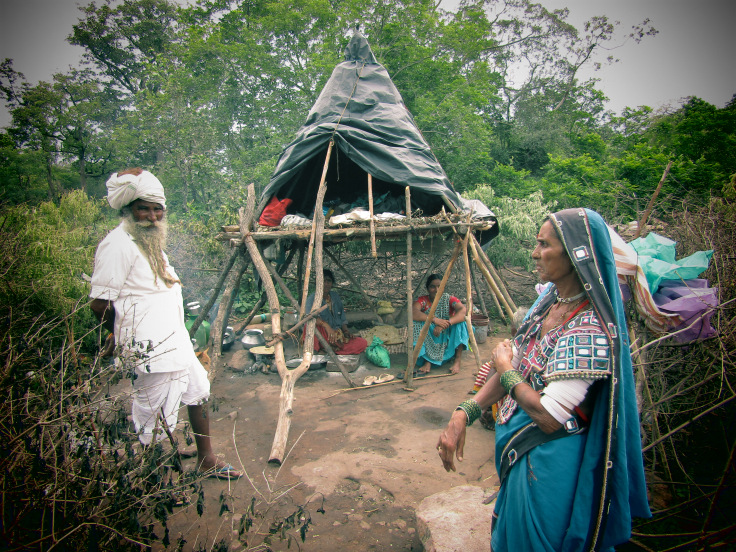
Malya Ramavath and his family at their makeshift hut inside the Amrabad forest
The makeshift huts are 6 x 6 feet in area and the roof of the hut is around five feet tall. The roof was thatched (now they use polythene sheets) with local grass and the floor is made of bamboo/poles and padded with grass/leaves.
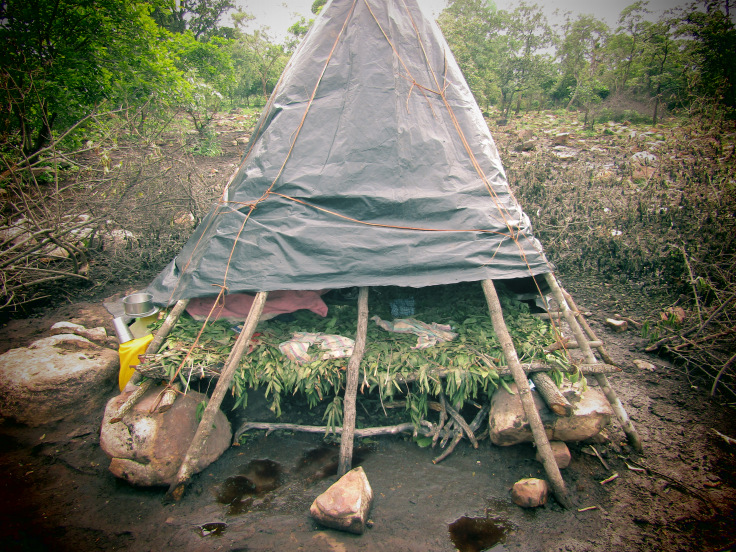
Floor made of vegetation
The hut is used for shelter from weather and protection from wild animals, and also store food and monthly food supplies. A hearth is built under the elevated floor, for cooking and heating purposes. Food supplies are delivered once fortnightly by the family members or owner of the cattle herd, in case if labor is employed. Animals also take shelter under the elevated floor of the hut.
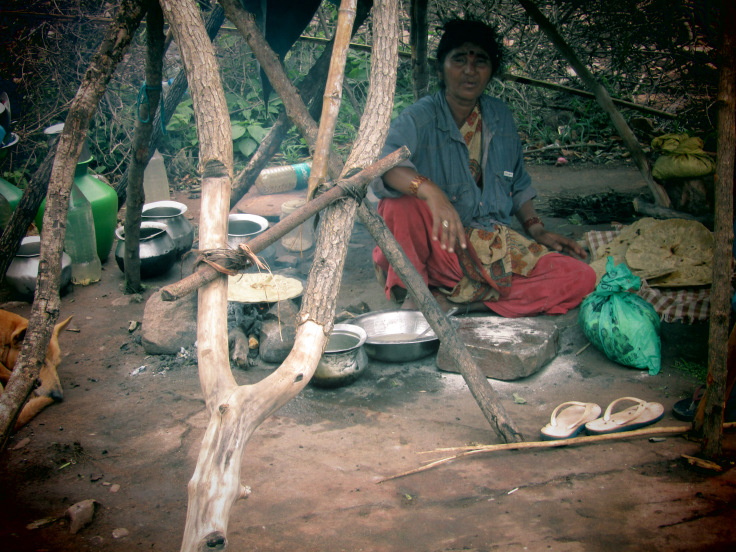
Kitchen under the makeshift hut
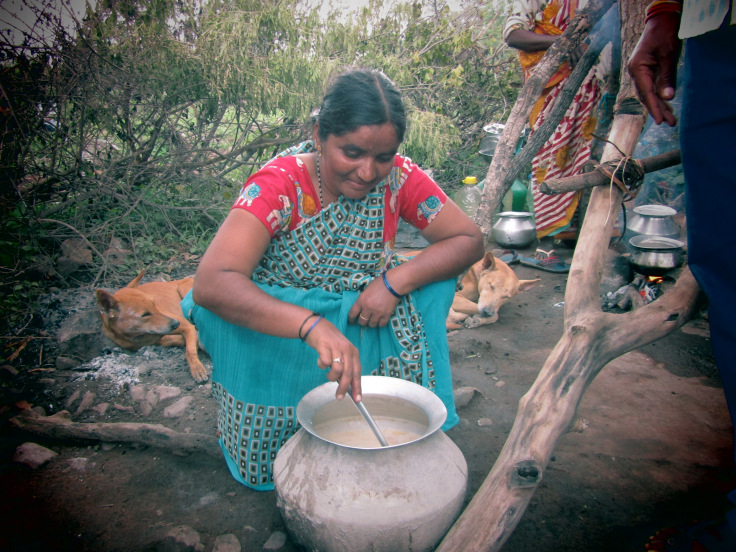
A Lambada agro-pastoral women boiling milk under the hut
In addition, a 3 feet tall fence is built around the hut using thorny vegetation to discourage predators and other wildlife moving close to the hut. Usually, young animals are kept safe inside the enclosure.
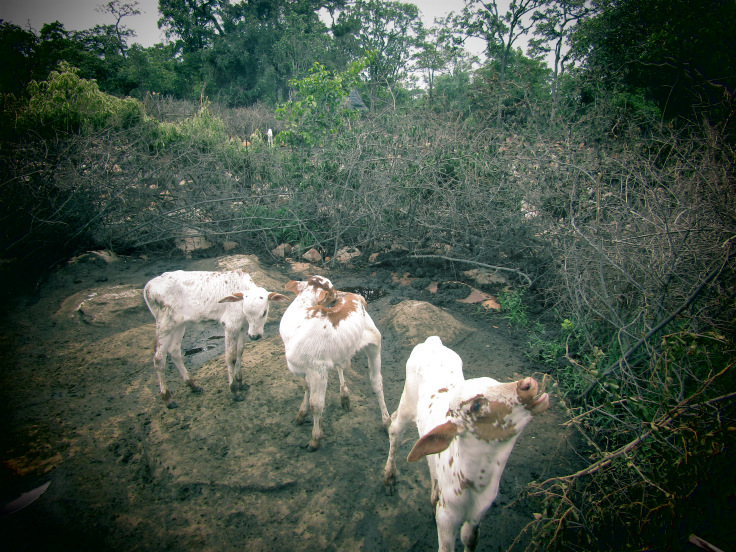
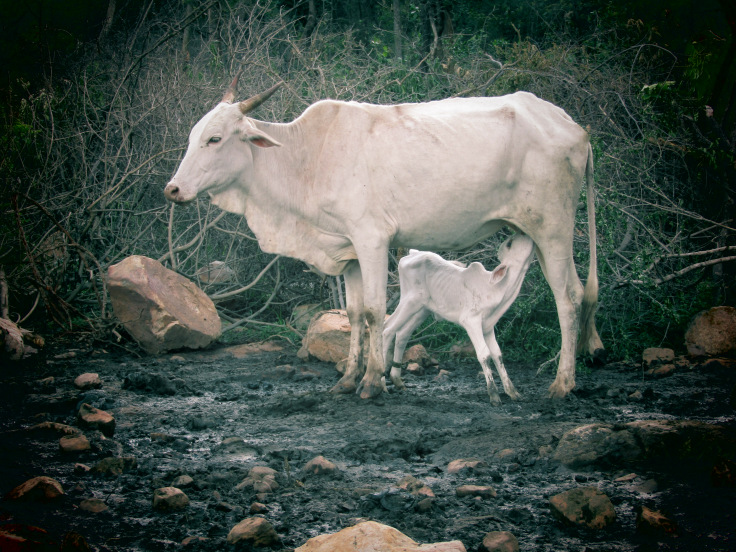
Young calves inside the thorny enclosure around the makeshift hut
First published by Revitalising Rainfed Agriculture on 13 Aug. 2019